
The 1888 Minnesota gubernatorial election was held on November 6, 1888 to elect the governor of Minnesota.

The 1886 Minnesota gubernatorial election was held on November 2, 1886 to elect the governor of Minnesota.
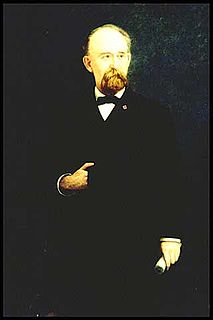
The 1883 Minnesota gubernatorial election was held on November 6, 1883 to elect the governor of Minnesota.

The 1881 Minnesota gubernatorial election was held on November 8, 1881 to elect the governor of Minnesota.

The 1879 Minnesota gubernatorial election was held on November 4, 1879 to elect the governor of Minnesota. Incumbent John S. Pillsbury was reelected to a third term.

The 1877 Minnesota gubernatorial election was held on November 6, 1877 to elect the governor of Minnesota. Incumbent John S. Pillsbury was reelected to a second term.

The 1875 Minnesota gubernatorial election was held on November 2, 1875 to elect the governor of Minnesota.

The 1873 Minnesota gubernatorial election was held on November 4, 1873 to elect the governor of Minnesota.
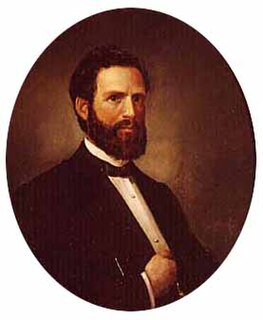
The 1871 Minnesota gubernatorial election was held on November 7, 1871 to elect the governor of Minnesota. Incumbent Horace Austin was reelected to a second term.

The 1869 Minnesota gubernatorial election was held on November 2, 1869 to elect the governor of Minnesota.
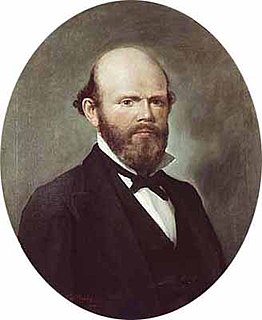
The 1867 Minnesota gubernatorial election was held on November 5, 1867 to elect the governor of Minnesota. Incumbent governor William Rainey Marshall was reelected to a second term.

The 1865 Minnesota gubernatorial election was held on November 7, 1865 to elect the governor of Minnesota.

The 1863 Minnesota gubernatorial election was held on July 10, 1863 to elect the governor of Minnesota.
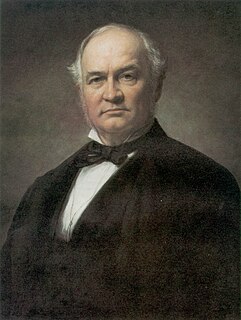
The 1861 Minnesota gubernatorial election was held on November 5, 1861 to elect the governor of Minnesota. Incumbent Alexander Ramsey was reelected to a second term.
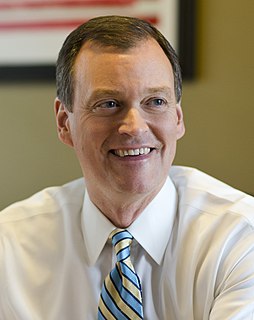
The 2018 Minnesota gubernatorial election took place on November 6, to elect the 41st Governor of Minnesota as incumbent governor Mark Dayton chose not to run for re-election for a third term. The Democratic nominee was congressman Tim Walz from Minnesota's 1st congressional district while the Republicans nominated Hennepin County commissioner Jeff Johnson. The Independence Party of Minnesota didn't field a candidate for the first time since 1994. Going into the election the polls showed Walz ahead and the race was characterized as lean or likely DFL.

The second Minnesota Legislature first convened on December 7, 1859. The 37 members of the Minnesota Senate and the 80 members of the Minnesota House of Representatives were elected during the General Election of October 11, 1859.
Ara Barton, sometimes listed as Asa Barton was an American politician from the state of Minnesota.
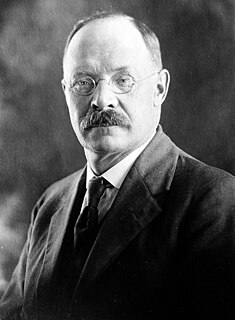
The 1923 United States Senate special election in Minnesota took place on July 16, 1923. The election was held to fill, for the remainder of the unexpired term, the seat in the United States Senate left vacant by Republican U.S. Senator Knute Nelson, who died in office on April 28, 1923. State Senator Magnus Johnson of the Farmer-Labor Party of Minnesota defeated Governor J. A. O. Preus of the Republican Party of Minnesota, and State Senator James A. Carley of the Minnesota Democratic Party, which, together with Henrik Shipstead's victory in 1922, brought both of Minnesota's seats in the United States Senate into the hands of the Farmer-Labor Party for the first time in history.














